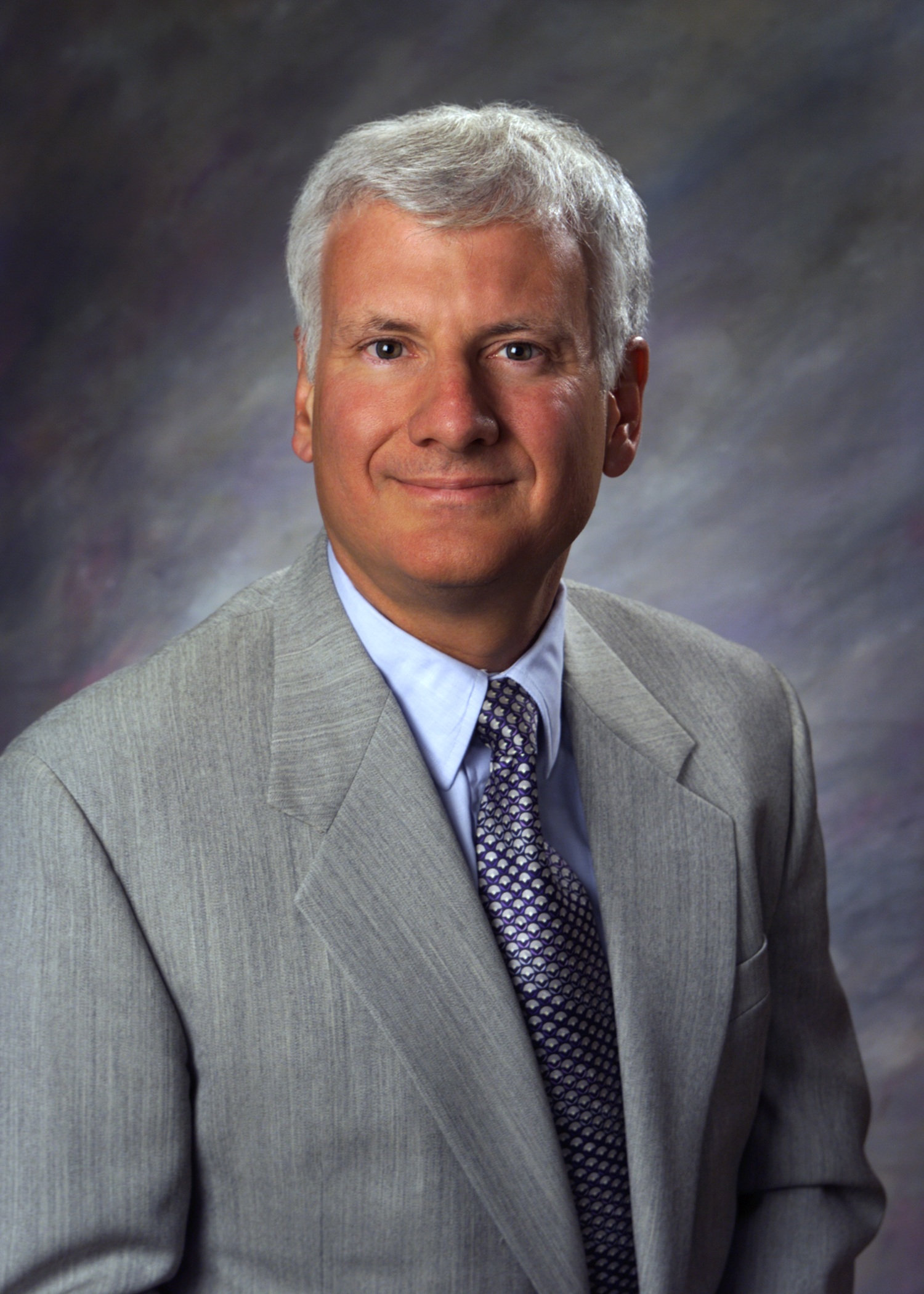
The Hidden Toxins That Are Quietly Destroying You – Dr. Joseph Pizzorno – #388
Timestamps
0:00 – Teeter
1:40 – Cool fact of the day!
2:45 – Glutathione Force
4:30 – Welcome Dr. Joseph Pizzorno
9:00 – Improving the health of oil field workers
13:00 – Genetic testing
20:00 – Dose response curve
25:00 – Longevity
28:00 – Mycotoxins
34:00 – ATP
43:00 – Healing your mitochondria
53:00 – IV vitamins
55:00 – Cooking with water instead of oil
58:00 – Top 3 tips for performing better in life
Featured
Resources
Bulletproof
Subscribe To The Human Upgrade
In this Episode of The Human Upgrade™...
BOOKS
4X NEW YORK TIMES
BEST-SELLING SCIENCE AUTHOR
AVAILABLE NOW
Smarter
Not Harder
Smarter Not Harder: The Biohacker’s Guide to Getting the Body and Mind You Want is about helping you to become the best version of yourself by embracing laziness while increasing your energy and optimizing your biology.
If you want to lose weight, increase your energy, or sharpen your mind, there are shelves of books offering myriad styles of advice. If you want to build up your strength and cardio fitness, there are plenty of gyms and trainers ready to offer you their guidance. What all of these resources have in common is they offer you a bad deal: a lot of effort for a little payoff. Dave Asprey has found a better way.








